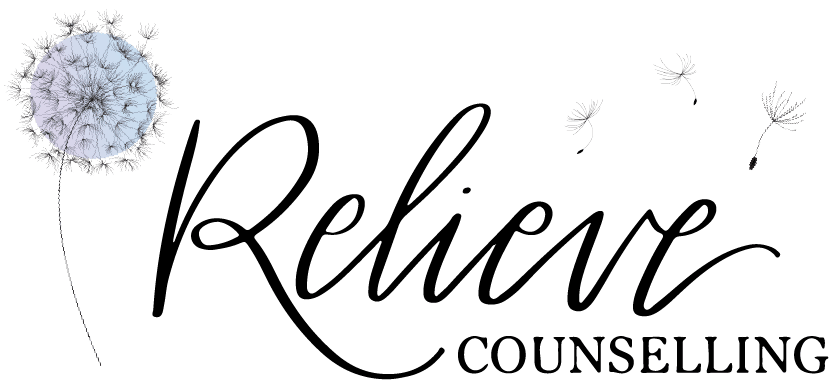Setting and maintaining boundaries is a crucial aspect of our interpersonal relationships and self-preservation. However, when those boundaries are crossed or violated, it can be an unsettling and even traumatic experience for some. Below, we will explore how to deal with boundary violators from a trauma-informed perspective, fostering understanding, empathy, and personal growth.
Understanding Trauma-Informed Care
Before we delve into dealing with boundary violators, it’s essential to understand trauma-informed care. Trauma-informed care is an approach that recognizes the widespread impact of trauma on individuals and seeks to provide a safe and supportive environment for healing. You can learn more in individual counselling about what signs to look for. When dealing with boundary violators, this approach prioritizes sensitivity and compassion.
Self-Reflection and Awareness
- Self-Assessment: Start by assessing your own boundaries and recognizing your limits. Knowing your comfort zones and boundaries is the first step in addressing boundary violations.
- Understand Their Perspective: Sometimes, boundary violators may not be aware that they are crossing boundaries. They might come from different cultural backgrounds or have unique life experiences that shape their understanding of boundaries. Practicing empathy can help you better understand their perspective.
Communication and Empathy
- Open, Non-Confrontational Dialogue: Initiate a conversation with the individual who has crossed your boundaries. Approach the conversation with empathy and open-mindedness rather than anger or confrontation.
- Use “I” Statements: Express your feelings and experiences using “I” statements. For example, say, “I felt uncomfortable when…” instead of “You made me uncomfortable when…”
- Listen Actively: Give the other person the space to explain their actions or intentions. Sometimes, boundary violations occur due to misunderstandings or unintentional actions.
Setting and Reinforcing Boundaries
- Be Clear and Assertive: Clearly communicate your boundaries and expectations. Be assertive, but not aggressive. Emphasize your right to set boundaries.
- Consistency is Key: Consistently reinforce your boundaries. People may need time to adjust to the new boundaries you’ve set.
- Seek Support: If the violation is severe or continues, talk with your therapist. They can provide guidance and techniques for assertively reinforcing boundaries.
Self-Care and Healing
- Self-Compassion: Understand that boundary violations are not your fault. Be kind to yourself and practice self-compassion.
- Professional Help: If dealing with boundary violators has caused significant distress or trauma, consider seeking professional help to work through the emotional impact.
Growth and Resilience
- Personal Growth: Sometimes, facing and addressing boundary violations can lead to personal growth. It can strengthen your assertiveness, resilience, and self-awareness.
- Forgiveness: In some cases, forgiveness can be a path to healing and closure. It doesn’t mean condoning the violation but can free you from the emotional burden.
In Conclusion
Dealing with boundary violators is a complex and often emotionally charged process. From a trauma-informed perspective, it’s essential to approach the situation with empathy, self-reflection, and open communication. By practicing these principles, we can transform boundary violations into opportunities for growth and healing, both for ourselves and those who may have inadvertently crossed those lines. Remember, it’s your right to set and protect your boundaries, and doing so with empathy can pave the way for healthier, more respectful relationships.

